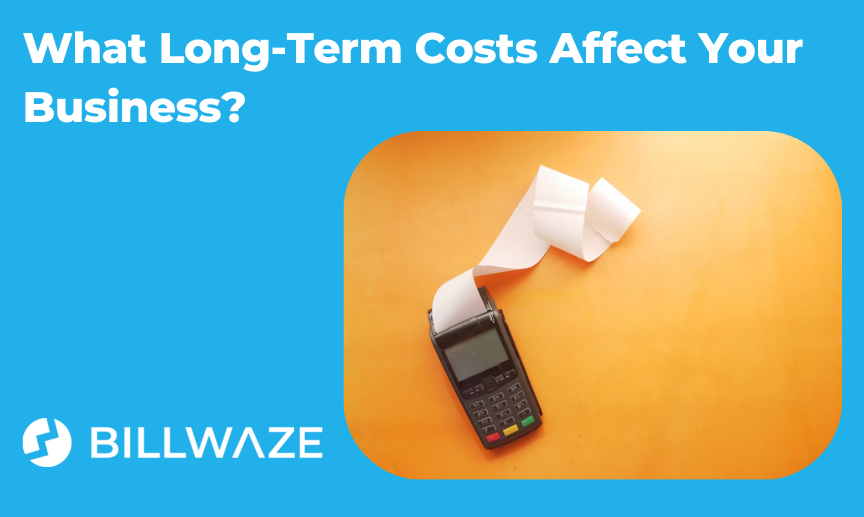In business, two main factors affect profitability: revenue and expenses. Companies with high levels of spending find it more challenging to turnover a healthy profit which limits their versatility, restricts Research and Development (R&D) and, ultimately, can put their very existence in jeopardy. Implementing cost controls helps to lower your business’s overall expenditure, so that a greater proportion of your revenue is leftover each month in the form of profit.
But to gain tighter control of your costs, it’s essential to understand your spending. Identifying where you can make cost savings enables you to make well-informed spending decisions, whereas failing to stay on top of your long-term costs will make it financially unviable to stay in business.
What are the principle long-term costs that affect your business?
Business Lease/Mortgage
Most established SMBs need a building from which to operate so, whether you use a rented or a mortgaged property, the cost is likely to be one of your largest expenses outside of staffing. Rent will usually be set at a fixed rate, although may rise when your lease renews; mortgages, depending on the prevailing interest rates, may also vary. Even for small businesses, the cost of premises can amount to tens of thousands of dollars a year, so choose a property that is appropriately sized (allowing for additional space if you expect your operations to grow) and consider whether you really need to be located in more expensive areas. Always consider becoming more virtual, if possible, in your line of work. This will dramatically reduce, if not eliminate, this expense altogether. However, don’t forget that some home office reimbursement will still impact the bottom line.
Equipment
Equipment is an important asset for many businesses. For some office-based corporates, some basic kit – copiers, computers, and shredders, for example – is sufficient for day-to-day operations. For manufacturing companies, however, each piece of plant and machinery can run into millions of dollars. Every item should be documented in your books; you will also need to bear in mind other factors that will impinge on your ongoing equipment costs, such as depreciation and life expectancy.
Tax
Tax is one of life’s certainties, although the boundaries dictating how much businesses must pay tend to shift frequently. Depending on the size, location, and nature of your business, your liabilities will vary, but one thing is for sure: tax will always be a constant. Tax avoidance is never an option, as the penalties will inflict massive damage on your business. Tax planning, while not free-of-charge, is essential to ensure you settle your obligations in the most cost-effective way possible, so ensure that your business’s financial plans reflect this. If you do business across state lines make sure you have proper guidance from knowledgeable professionals as laws vary and this may result in an unpleasant surprise in the future from one of Uncle Sam’s relatives.
How Can Billwaze Help?
At Billwaze, the small business expense functionality in our solution can help you to stay in control of your finances. With your long-term costs clear in your mind, you need to take charge of the smaller expenses which can quickly rack up. Our expense control features will help you remain in control by:
- Simplifying your expense tracking, so you know how you’re spending your money.
- Streamline the process of recording expenses, uploading receipts, and categorizing your purchases.
- Improve expense approval so that you’re not caught out by unexpected costs.
- Give you better insight into how your business spends its money, so you can make informed decisions about how to control expenditures.

 Billwaze
Billwaze 
